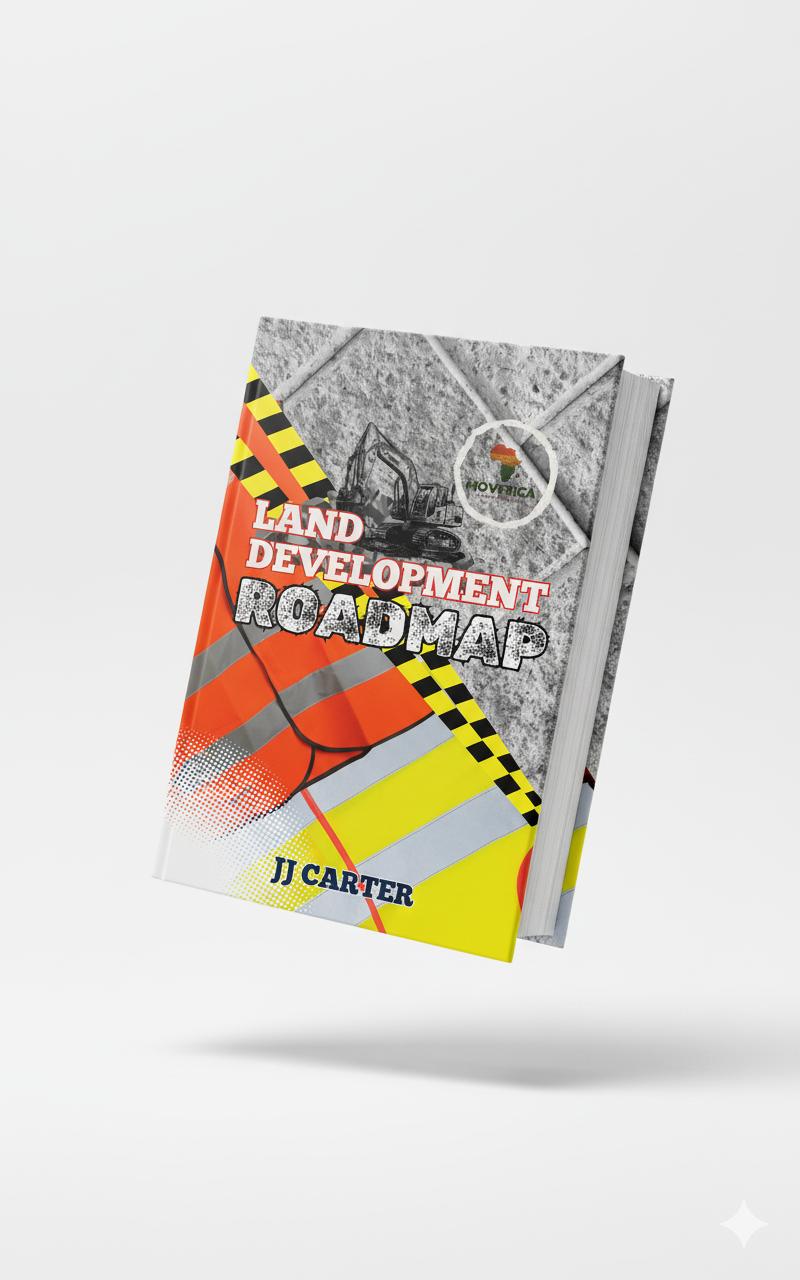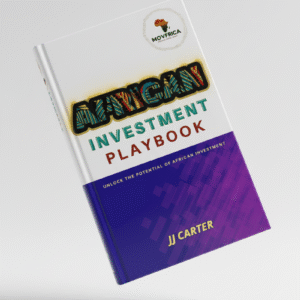Land Development Roadmap
$27.79
Master the Art of Land Development Unlock the secrets to successful land development with Land Development Roadmap, the ultimate resource designed to guide you through every step of creating thriving, functional spaces out of raw land. Whether you’re a seasoned developer, urban planner, architect, or a community stakeholder, this book provides the tools and insights needed to navigate the complexities of modern land development with confidence. A Must-Have Guide for High-Stakes Projects In today’s fast-paced and demanding world, land development requires more than just a technical blueprint—it demands a comprehensive understanding of strategies, regulations, and collaboration across diverse sectors. Land…
Related products
-
African Investment Playbook
$27.79 -
Complete Guide To Africa
Original price was: $27.79.$7.79Current price is: $7.79. -
Complete Guide To Africa Bundle
$97.79 -
The Holistic Remedy
$27.79







